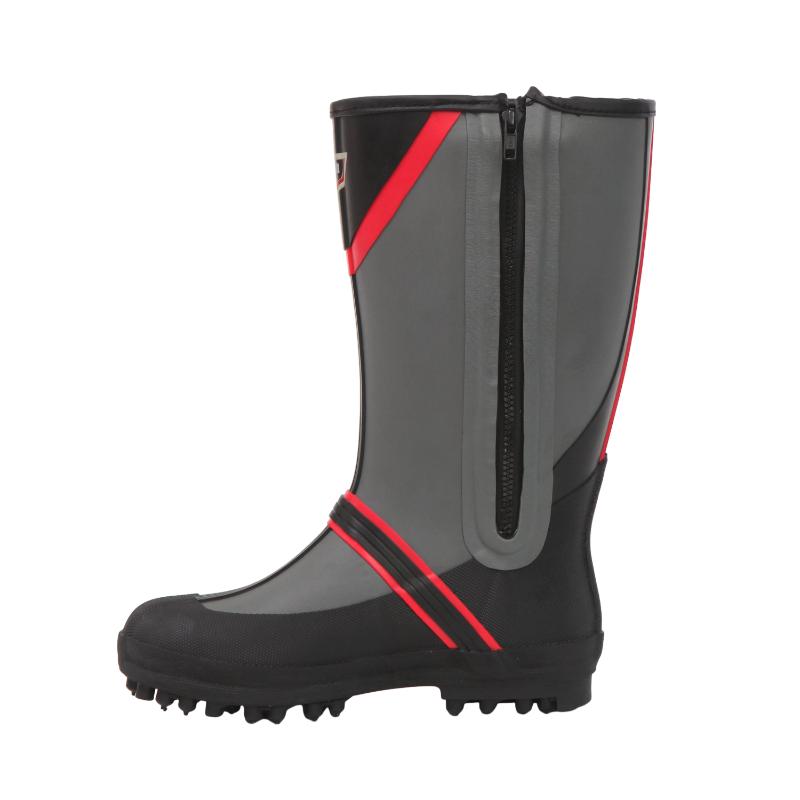Composite toe neoprene boots are designed with a protective toe cap made from non-metallic materials, typically consisting of a mix of materials such as Kevlar, plastic, and fiberglass. This innovative design offers safety similar to that of steel-toe boots without the added weight. Neoprene, a synthetic rubber, is used in the boot's construction, providing excellent flexibility, waterproofing, and insulation.








